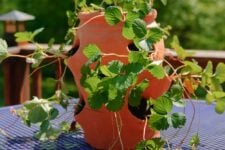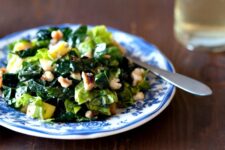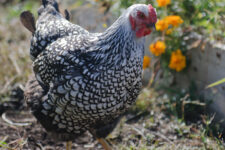So the summer got away from you. You had every intention of starting some vegetable seeds indoors and then transplanting your seedlings once the weather warmed up, then the season just slipped by. Maybe then you thought you’d skip the seeds and seedlings and pick up some small plants from your local garden center. And then somehow it’s now well past the height of summer and you’re still garden-less.
Don’t worry. If you’ve yet to plant anything in your backyard, garden box, or patio pots this summer, you still have time, even as late as the end of July and well into August. In fact, certain foods that you can plant in late summer even grow quickly enough that you’ll easily be able to harvest the fruits of your labors in time to serve them at your Labor Day backyard barbecue.
Here’s what to plant in late summer, when to harvest it, and how to use it.

Leafy greens
Leafy greens like spinach, arugula, and lettuce grow very quickly and you can usually expect your first harvest in about six weeks. Normally those leafy greens would bolt in the summer heat, but when you plant these crops in the later summer, they typically begin to mature during the cooler days of early fall―perfect timing.
If six weeks is still too long for you to wait, grow some microgreens instead. Microgreens are ready to harvest in just two to three weeks from the time of planting and microgreens contain a more condensed version of the same nutrients you’ll find in those greens’ fully mature counterparts.
What’s not to love? Get a serving of greens in right away, each morning, with an immune-boosting green smoothie.
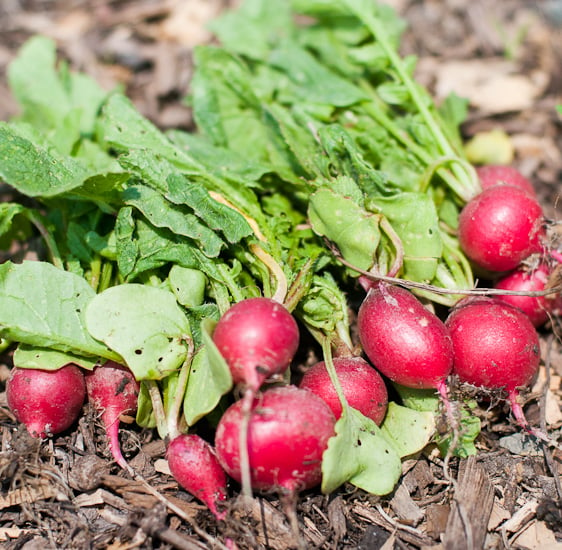
Radishes
Radishes grow well in cooler weather. However, you can still plant this vegetable in August (so long as your local temperatures do not climb over 80 degrees Fahrenheit) and expect to harvest fresh veggies in about four weeks.
Radishes are a great source of antioxidants and vitamin C, so add some to your favorite salad for a boost of both nutrients and flavor. If you can get your hands on some other summer-favorite produce, try making this radish, herb, tomato, and strawberry salad, or, if you want to preserve your radishes for later noshing, make pickled radishes with carrots and green garlic.
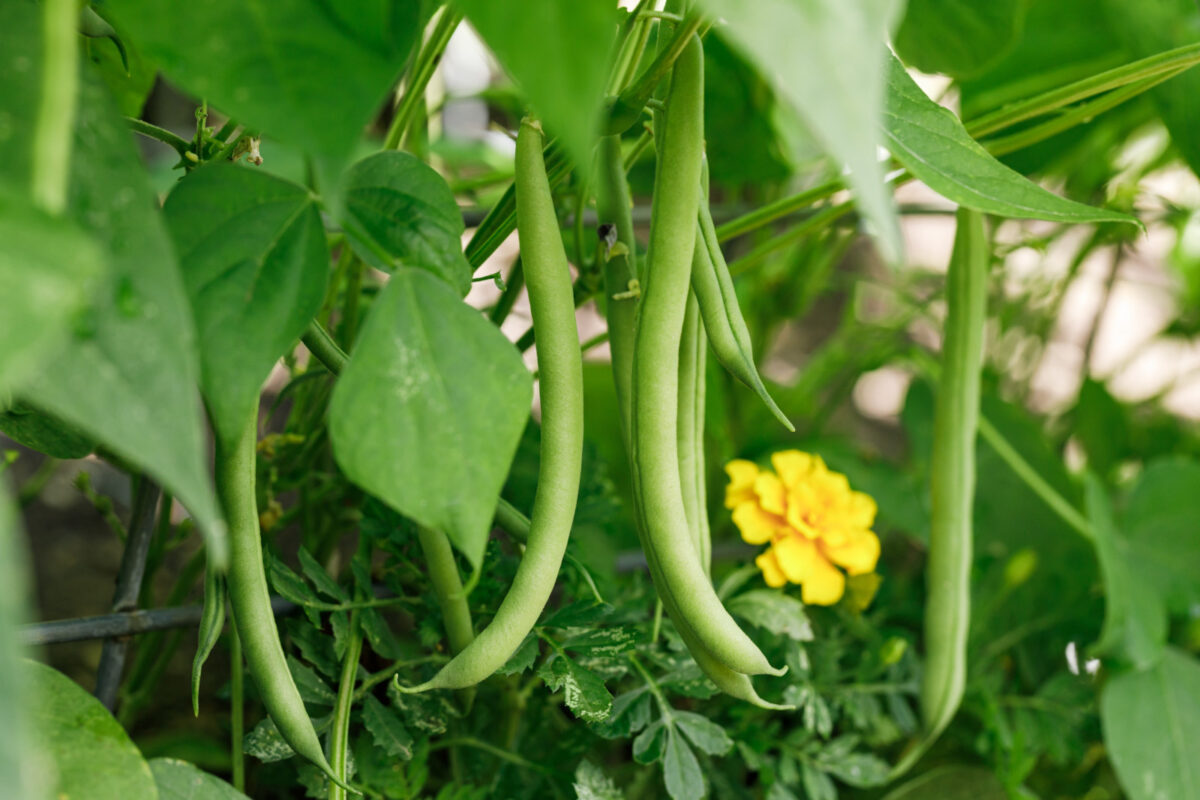
Beans
Bush beans can be planted in July or August and then will produce into the fall. It takes bush beans about five to six weeks to come to maturity, but once they do, you’ll be overrun with fresh beans. Bush beans are easy to grow and don’t require a lot of maintenance, so are a good pick for the home gardener with a less-than-green thumb.
Try adding your bush beans to this Thai green bean salad for a tasty alternative to the seasonal three-bean salad you might be more familiar with.

Green onions or scallions
While you might not have much success growing and quickly harvesting large onions this time of year, if you plant green onion or scallion sets (green onions and scallions are the same thing, by the way), you can expect to harvest green onions in about five weeks, and then the onions will continuing producing into the fall months.
Add your green onions to this spicy cucumber salad for a flavorful, healthful appetizer or side dish.

